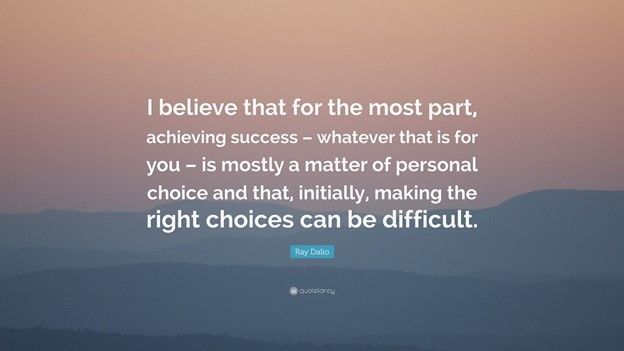
December 17, 2020
Showing Up Isn't Enough:
One of my favorite articles, written by my friend and influential thought leader Whitney Johnson, is about showing up. Her 2013 HBR article “Always, Always, Always Show Up”, is one that I reread routinely. In fact, I read it again this week and decided to write about the concept. She makes a persuasive, compelling point that leaders need to not only show up, but to show up with conviction. And that outcomes can change when leaders are all-in.
As the article highlights, “According to Keith Simonton, professor of psychology at UC Davis, the odds of a scientist writing a groundbreaking paper (defined as the number of citations in other works) is directly correlated to the number of papers that the scientist has written — not to how smart the scientist is.” So, 80% of success is basically about buckling down and doing the work. But what about the other 20%?
This remaining piece can be attributed to how leaders show up – how they invest, prepare, and lead the task at hand. These characteristics can truly be the difference-makers. I think we’ve all had times where we physically showed up for an effort of some kind, but were only partially invested for whatever reason. Maybe the outcome was disappointing, or you left feeling like you didn’t perform your best.
Showing up at your best - preparing, being undistracted, believing in the goals - gives you and your team the best chance to be successful. You can read Johnson’s article to hear how this point has influenced her. For me, it has caused me to always ask myself when taking on a project with a client or in my personal life, “Am I showing up?”, and perhaps even more importantly, followed by, “Am I bringing everything I’ve got to this situation, being fully present, and showing my passion?”
It’s the remaining 20% about how you show up, fully, with all you’ve got to give - that’s what really makes a difference.
At the beginning of your next challenge or assignment, ask yourself, “How did I show up? Am I fully present? Can others see that I am bought in?” You’ll be surprised at how awareness in these areas can have a powerful effect on outcomes.
Reporting Up:
For many businesses, the end of the quarter aligning with the end of the year means big presentations and deliverables. Though these presentations are probably virtual this year, that doesn’t make them any less important. In fact, in the absence of many of the nonverbal cues in-person presentations allow for, you may feel even more pressure and anxiety about communicating clearly and effectively.
If you find yourself preparing for a presentation to executives, review these three fundamental guidelines to make sure you meet and exceed expectations:
- Point first, context second. When I work with executives in these situations, we focus on starting with the key points and filling in context later. There is a myth in business that people need to be good story tellers to present well. But stories lead to a conclusion with many twists and turns and people hate that in business. Get to the end first by using the shortest distance between your points. A straight line.
- Anticipate their questions, concerns and takeaways. It’s one thing to present what you think is important, but directly addressing other’s interests demonstrates intentionality and foresight. You may even have a slide with some “Key Questions” to illustrate this. Not only does it impress your audience, it also reduces interruptions and time necessary for Q&A.
- Strike the right balance with details. It is easy to overwhelm the executive team with details they don’t need to know. Be sure to maximize their attention while you have it by highlighting with both language and tone what is most relevant for the discussion. Include just the details that are essential to understand your point and leave out the rest.
In a virtual formal, end-of-year presentations to your boss or other executives pose additional challenges. Don’t let them catch you off guard. These may seem basic, but putting additional emphasis on these three practices as you prepare will leave you better positioned to impress.
Current Read:
Research has shown that Millennials and Generation Z’s are “afraid” of phone calls, particularly sales calls (though I find that age isn’t much of a factor in this widespread fear.) In this pandemic year, businesses have relied on phone technology more than in recent history. I enjoyed this article about the resurgence and benefits of telephone communication, and the implications on sales and business in the next few years:
The Resurrection of the Office Phone Call - WSJ
Quotable:

Subscribe to Edinger's Insights Newsletter
Edinger’s Insights is packed with strategies and ideas to lead business growth.*
*Scott will never share your contact information
EdingerInsights_SignUp
Thank you for subscribing.
Please try again later.


